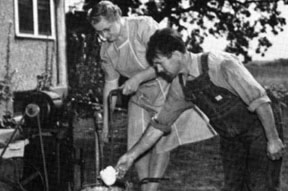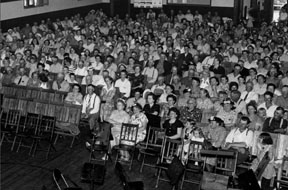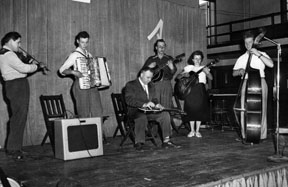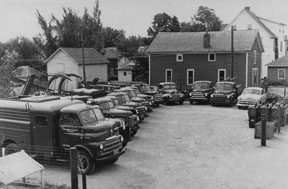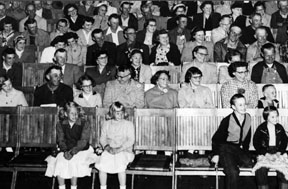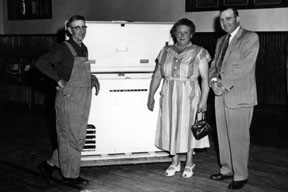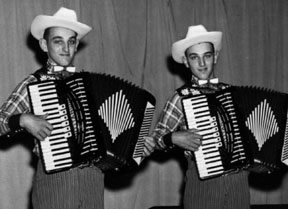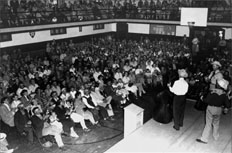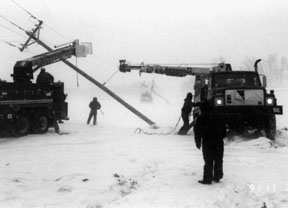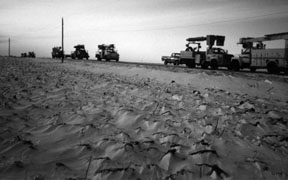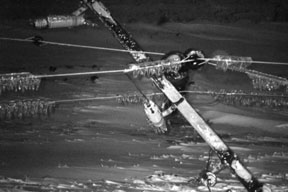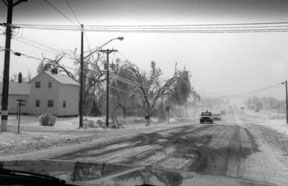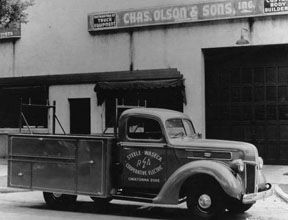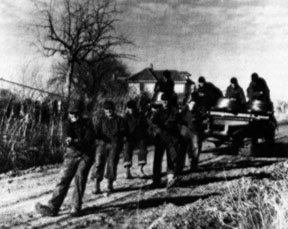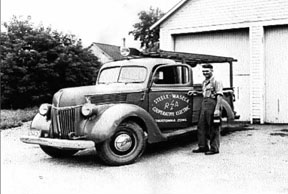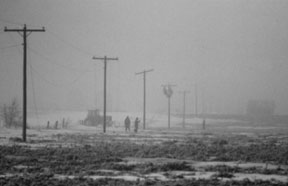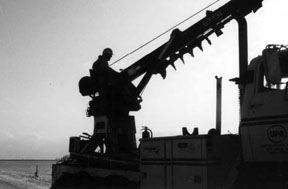SWCE History
What is Cooperative Rural Electrification and How Was It Started?
Cooperative rural electrification as we know it today was initiated as an emergency program by Executive Order of President Roosevelt in 1935. Congress passed the Rural Electrification Act in 1936 and with certain amendments, the program has carried on under that Act since that time.
When the program began only about 10 percent of the country’s farmers and other rural residents were receiving central station electric service. The power companies of the country had been either unable or unwilling to extend electric power to the unserved 90 percent, or would do so only at high rates and after collecting exorbitant charges for building the lines. Many adverse economic and engineering factors, including low farm income, rough terrain and sparsity of population in many areas needing electric service, resulted in abnormally high investment per consumer. It was imperative that methods be developed which would keep costs at a minimum if Congress’ intent — full electrification of America’s rural areas — was to be accomplished. Rural Electrification was viewed by Congress as an economic as well as a social necessity.
Low-cost capital had to be available if the Congressional goal was to be achieved. Congress provided that capital through the REA loan program. Then it became necessary to find or create an adequate source of electric power at rates consumers could afford to pay. This was more difficult and several different methods have been used. They include: purchases from government power installations, purchases from commercial power companies and cooperative generation when other sources are not available on an economic basis. Methods had to be devised to lower prevailing costs of construction — and the engineers performed miracles to this end.
In the beginning, private power companies showed little interest in the rural power market. It is an important fact that many private power companies and municipalities were able to receive R.E.A. loans but did not because they felt the rural load was too small and the risk too great. In the rural electric cooperative was found a form of organization which could meet the needs of the people it was created to serve.




